I'm working on a simple single BJT transistor amplifier to amplify the output from an oscillator for use as a CW transmitter at 7 MHz.
I'm using an emitter follower to provide the power gain, and I'm trying to figure out how to match this to a 50 Ω antenna. I want to use an l-match but I don't know what the impedance at the output of the transistor is, so I don't know how to pick the component values.
I was thinking to just hook it up to a 50 Ω dummy load and iteratively pick values for the l-match trying to maximize the voltage across the 50 Ω load, but I don't think I'm going to be able to manually find optimal values for L and C. What is the correct way to go about doing this?
Here is the schematic:


